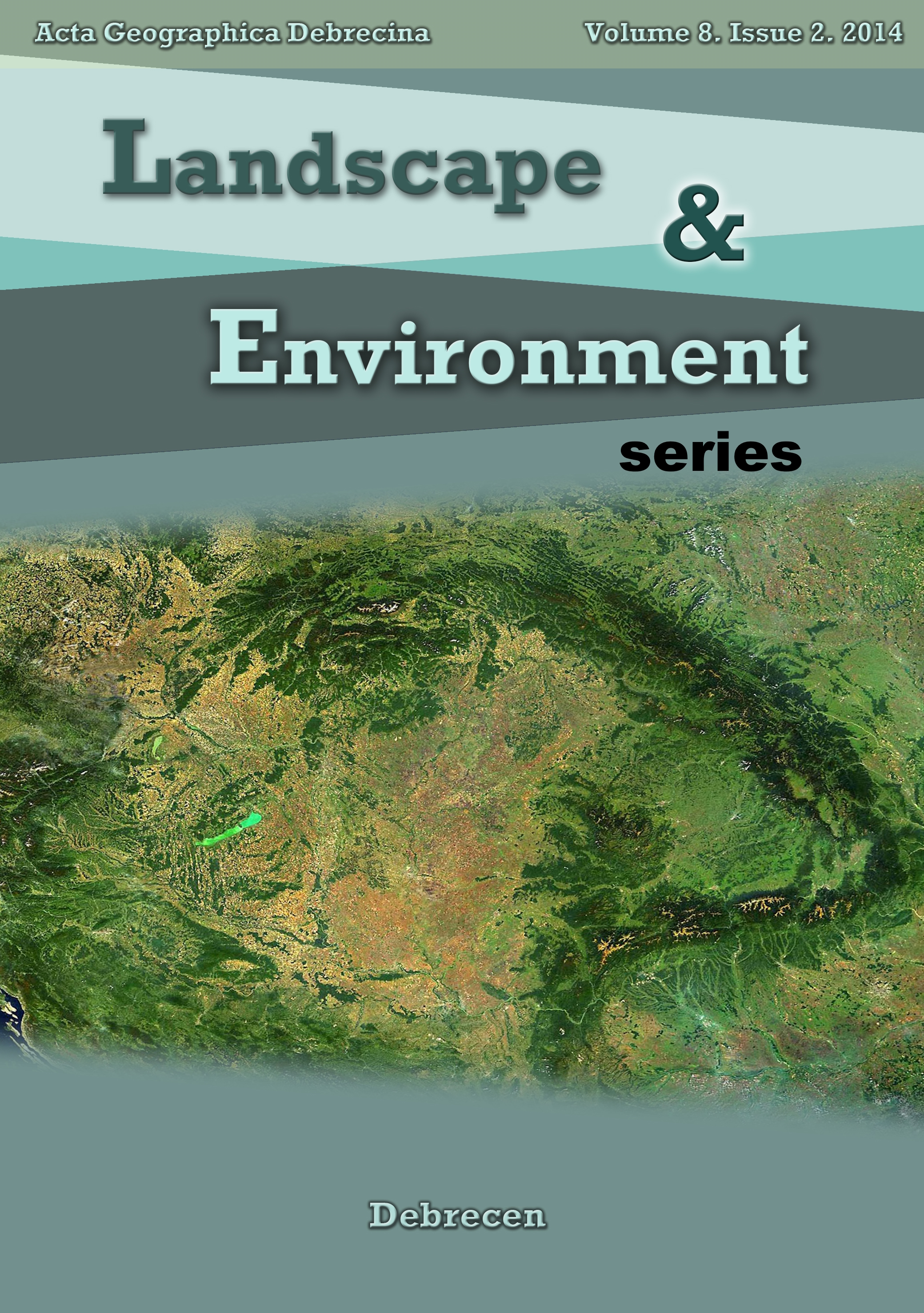The utilization strucutre of thermal water wells and its unexploited capacities in Hungary
Author
View
Keywords
How To Cite
Abstract
In order to mitigate Hungary’s vulnerability in energy supply and accomplish the renewable energy production targets, it is essential to discover exploitable alternative opportunities for energy production and step up the utilization of the available capacities. The purpose of this publication is to map up the utilization structure of the existing Hungarian thermal water wells, describe its changes over the past 16 years, reveal the associated reasons and define the unutilized well capacities that may contribute to increasing the exploitation of geothermal heat by municipalities. The studies have been conducted in view of the Cadaster of Thermal Water Wells of Hungary compiled in 1994, the well cadasters kept by the regional water management directorates, as well as the data of the digital thermal water cadaster of 2010. The calculations performed for the evaluation of data have been based on the ratios and respective utilization areas of the existing wells. In the past 150 years, nearly 1500 thermal water wells have been drilled for use by a broad range of economic operations. The principal goals of constructing thermal water wells encompass the use of water in balneology, water and heat supply to the agriculture, hydrocarbon research and the satisfaction of municipal water demands. In 1994, 26% of the facilities was operated as baths, 21% was used by agriculture, while 13% and 12% served communal and waterworks supply, respectively. Then in 2010, 31% of thermal water wells was continued to be used for the water supply of bathing establishments, followed by 20% for agricultural use, 19% for utilization by waterworks, 11% for observation purposes and 10% for communal use. During the 16 years between 1994 and 2010, the priorities of utilization often changed, new demands emerged in addition to the former utilization goals of thermal water wells. The economic landscape and changes in consumer habits have transformed the group of consumers, which is the reason why most of the resources have remained untapped. In 2010, 13% of all the thermal water wells were closed in, but could potentially be utilized; these capacities could be deployed for the satisfaction of the heat demands of municipal public institutions.
